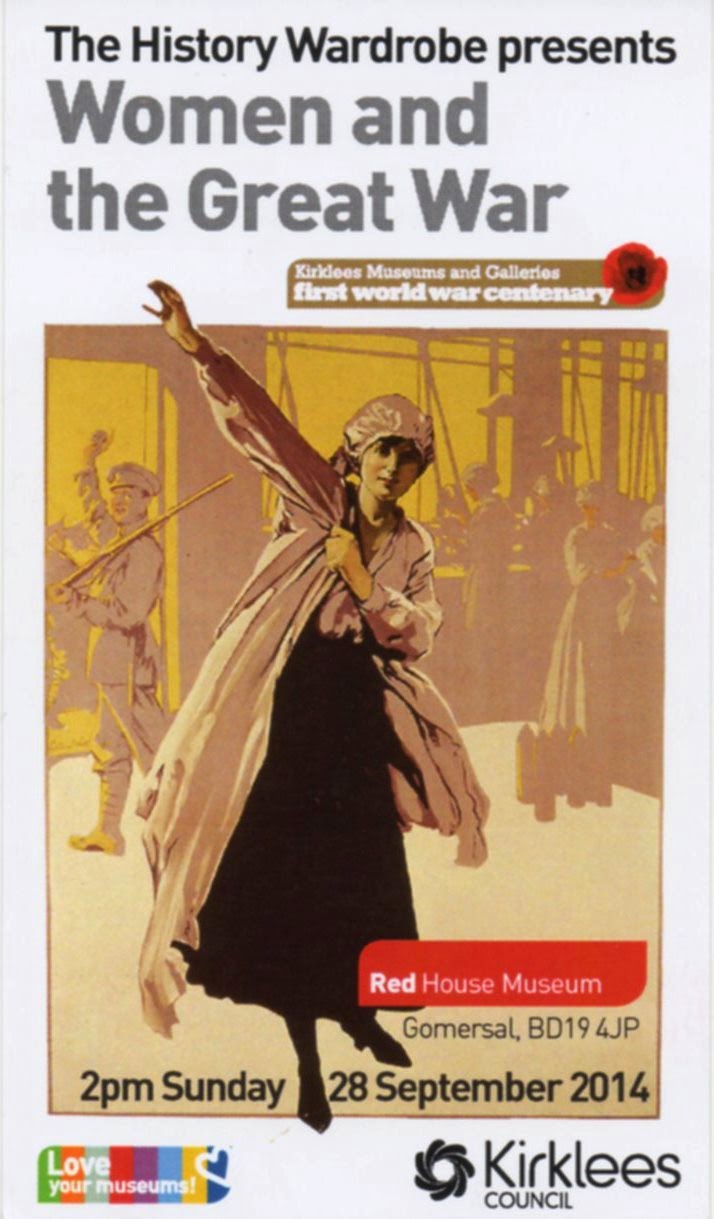More than two years ago, I wrote
here about a visit to Norfolk to see an amazing collection of sample garments and records left by the designer Elizabeth Forster. She designed knitwear from the late 1940s to the 1980s, and after she moved to Norfolk in the late 1950s, she made her living from it. Hundreds of her knitting and crochet patterns were published, in magazine and newspapers, and as spinners' leaflets. But, like other knitwear designers at that time, her name was unknown to the many thousands of knitters who must have made her designs over the years. As I said in 2012, it was fascinating to see all the samples and records that she had left, and I thought that it was an immensely important archive.
In 2012, her friends were trying to find a permanent home for the collection. And now they have succeeded! They invited me to stay with them last weekend, and to go with them to Norwich Castle Museum on Saturday. The museum has acquired the whole collection, and on Saturday, as part of a day of activities
celebrating fashion and textiles, the Elizabeth Forster Archive was on show to the public for the first time.
The display was in the castle keep, a very grand space. Eight of the sample garments were displayed on mannequins - the museum staff had picked some of the most striking and characteristic designs.
One of my favourites is a sweater with a band of interlocking black and white birds around it - she was a keen bird-watcher, so I expect that the birds are a correct representation of some species, though the interlocking design must also have been inspired by Escher.
I also liked a cream sweater with a geometric design in orange and turquoise. The motif again probably comes from something she saw on her travels - designing knitwear funded her travels, but at the same time, her travels gave her ideas for more designs.
The influence of South America is obvious in some of her designs: on show on Saturday was a coat and skirt, with bands of llamas and other motifs on the skirt.
There were more garments laid out on a table - these were samples which have already been matched up with its published pattern from one of Elizabeth Forster's files. The samples that she kept were those where the design was published in a magazine - the magazine had no use for the sample, once the design was published . On the other hand, if a design was sold to a spinner, and published as a pattern leaflet, the spinner would keep the sample - I think that sample garments were lent to yarn shops to display both the yarn and the design.
Saturday was a wonderful day. It was good to see the some of archive in its new home, and to meet a few of the enthusiastic volunteers at the Museum who are keen to tie together the sample garments with the designs - there is a lot of research to be done. And it was lovely to visit my friends and see that they have done a great job in securing the future of the archive, and proper recognition for Elizabeth Forster's work.
 |
| Elizabeth Forster and her cat |























